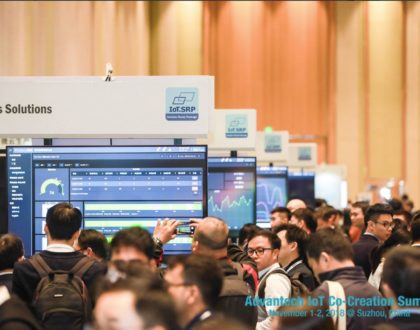NEBS, UL/FCC and Network Equipment
Understanding NEBS vs UL/FCC standards
 The convergence of equipment installed in Ethernet networks and Telecoms has often presented expectations and subsequent issues regarding the standards and certifications the equipment meets. For years, Ethernet equipment was, and continues to be, designed to meet standards based on certifications of UL (Underwriters Labs) and FCC Federal Communications Commission). On the other hand, the Telecom industry expects product designs based on the NEBS standard (Network Equipment-Building System).
The convergence of equipment installed in Ethernet networks and Telecoms has often presented expectations and subsequent issues regarding the standards and certifications the equipment meets. For years, Ethernet equipment was, and continues to be, designed to meet standards based on certifications of UL (Underwriters Labs) and FCC Federal Communications Commission). On the other hand, the Telecom industry expects product designs based on the NEBS standard (Network Equipment-Building System).
The FCC is a regulatory body for “promoting the safety of life and property through the use of wire and radio communications”; UL is the guardian of safety-related certification, including validation, testing, and inspection for manufacturers, retailers, consumers and others. These two bodies ensure that a piece of equipment is safe to use within the environment it is designed to operate in. Ethernet equipment is often deployed in a controlled environment, and the requirements to meet NEBS can be more than is necessary.
NEBS is a common “set of safety, spatial and environmental design guidelines applied” to Telecom equipment in the US. Developed by Bell Labs, NEBS’ intention was to lower development costs and streamline the installation of equipment. However, NEBS takes testing and certification to a much higher level than UL, FCC.
NEBS has three levels of the standard, but Telecoms often expect level 3, which means the equipment must meet certain Bellcore standards covering fire suppression, thermal margin testing, vibration resistance, airflow patterns, and more. This translates into a very expensive process for network equipment that is typically for a controlled, indoor environment in the first place.
UL has developed additional standards in the last decade that meet Telecom requirements; for example, UL 60950-1 is a standard applicable to equipment designed for Telecom terminal equipment and network equipment, regardless of source of power.
In today’s marketplace, the purchase of network equipment often starts with an RFQ (Request For Quote). On that RFQ, a line item may list NEBS or UL/FCC. Telecoms will expect expensive switches to meet the NEBS standard, and then become frustrated when less expensive switches, routers and media converters do not meet that standard. This can result in losing an opportunity for a sale, and the more the two standards are understood, the better the chance of overcoming the objective. The bottom line is to do your homework, know the standards a product meets, to best serve the customer’s application and its environs.
Recommended Posts

Co-Creation, Paving the Way to a More Connected Future
November 27, 2018

The Benefits of a ‘Do It For Me’ Mentality in the IIoT
October 5, 2018

Why You Need to ‘Mind the Gap’ in Manufacturing Technology
August 31, 2018
